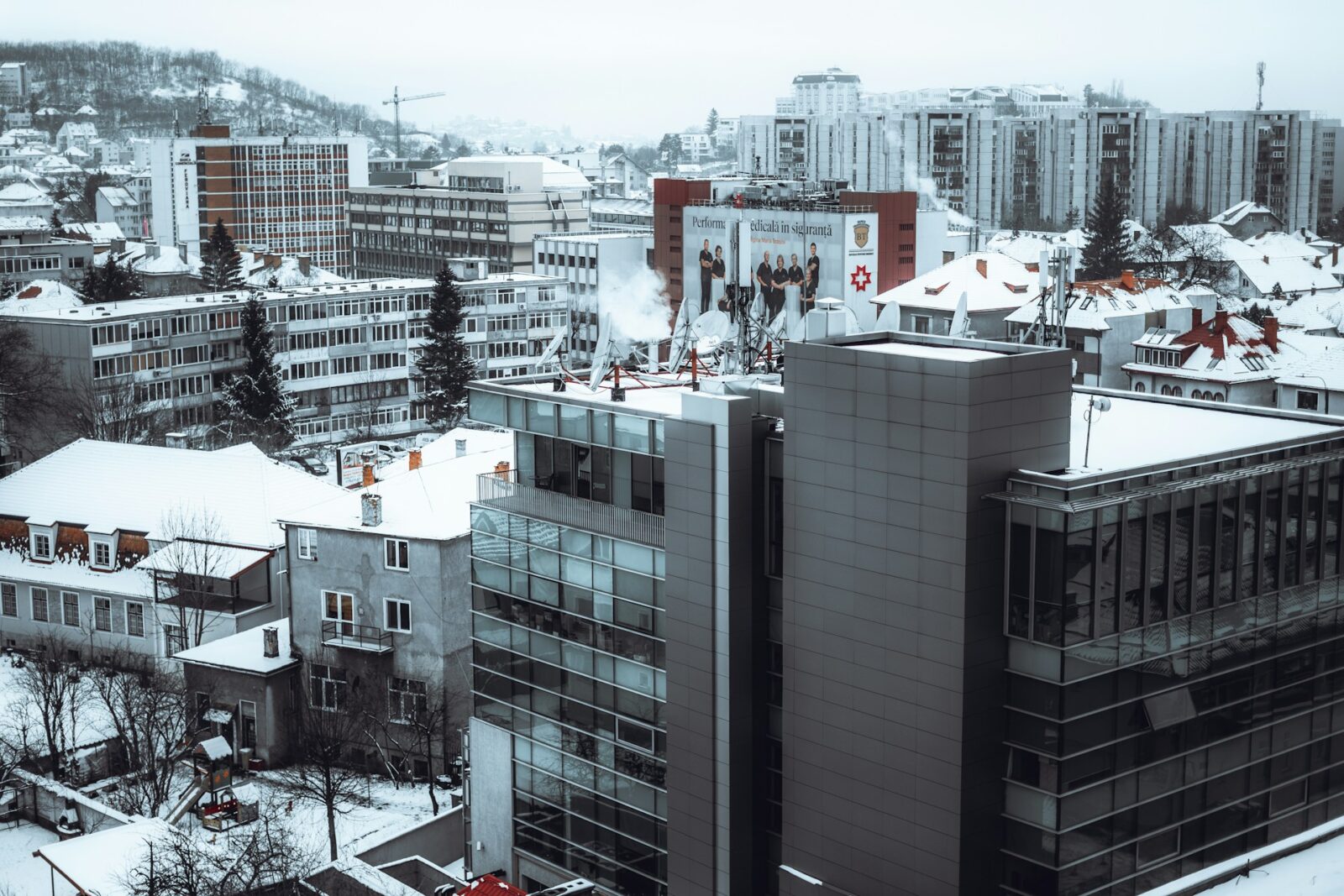Municipal water systems freeze during harsh winters. Industrial pipelines fail when temperatures drop unexpectedly.
Critical processes shut down, costing thousands of dollars per hour. Heat trace systems prevent these scenarios by maintaining optimal temperatures in pipes, tanks, and equipment across various applications.
These sophisticated heating solutions have become indispensable for maintaining operational continuity in both municipal and industrial environments.
From preventing water main breaks in city infrastructure to ensuring chemical processes remain stable in manufacturing facilities, heat trace technology serves as a silent guardian against temperature-related failures.
Understanding the applications, benefits, and implementation of heat trace systems enables facility managers, engineers, and decision-makers to protect their investments while maintaining reliable operations year-round.
Municipal Systems: Protecting Public Infrastructure
Water Distribution Networks
Municipal water systems face significant challenges during cold weather conditions. Heat trace cables installed along water mains prevent freezing that could disrupt service to entire neighborhoods.
These systems automatically activate when temperatures approach critical thresholds, ensuring continuous water flow to residential and commercial properties.
Key applications in water distribution include:
- Main transmission lines in exposed areas
- Pump stations and valve chambers
- Fire hydrant lines and connections
- Water meters and backflow preventers
- Storage tank outlets and overflow systems
Wastewater Treatment Facilities
Wastewater treatment plants operate around the clock, regardless of weather conditions. Heat trace systems protect critical process equipment from freezing, maintaining treatment efficiency and preventing environmental compliance issues.
Essential components requiring heat trace protection:
- Influent and effluent pipes
- Chemical feed lines
- Sludge handling systems
- Aeration equipment connections
- Laboratory sample lines
Emergency Services Infrastructure
Fire departments and emergency medical services depend on reliable water access and equipment functionality. Heat trace systems ensure fire suppression systems remain operational during extreme weather events.
Critical emergency infrastructure applications:
- Fire station sprinkler systems
- Emergency vehicle washing bays
- Chemical storage areas
- Communication equipment rooms
- Backup generator fuel lines
Industrial Scale Applications Across Sectors
Chemical Processing Operations
Chemical manufacturing requires precise temperature control to maintain product quality and worker safety. Heat trace systems provide consistent heating for process lines, storage tanks, and instrumentation.
Primary chemical industry applications:
- Reactor feed lines and product discharge pipes
- Catalyst injection systems
- Viscous material transfer lines
- Analytical sampling systems
- Emergency shutdown valve assemblies
Oil and Gas Facilities
Petroleum operations face unique challenges with wax buildup, hydrate formation, and viscosity issues in cold conditions. Heat trace technology maintains flow rates and prevents costly shutdowns.
Critical oil and gas applications include:
- Wellhead assemblies and Christmas trees
- Production manifolds and separators
- Pipeline tie-ins and meter runs
- Instrument tubing and impulse lines
- Tank farm connections and loading racks
Food and Beverage Manufacturing
Food processing facilities must maintain sanitary conditions while preventing product contamination from frozen pipes or equipment failures. Heat trace systems support both operational needs and regulatory compliance.
Key food industry applications:
- Clean-in-place (CIP) systems
- Product transfer lines
- Wash-down station plumbing
- Refrigeration system components
- Quality control laboratory equipment
Power Generation and Utilities
Nuclear Power Plants
Nuclear facilities require the highest levels of operational reliability and safety. Heat trace systems protect essential safety systems, cooling circuits, and instrumentation from temperature-related failures.
Nuclear applications requiring heat trace:
- Emergency cooling system piping
- Containment spray systems
- Fuel pool cooling lines
- Radiation monitoring equipment
- Emergency diesel generator systems
Renewable Energy Installations
Wind farms and solar installations in cold climates benefit from heat trace protection for hydraulic systems, control equipment, and maintenance access areas.
Renewable energy heat trace applications:
- Wind turbine pitch control systems
- Solar panel cleaning equipment
- Battery storage temperature regulation
- Inverter cooling systems
- Maintenance platform utilities
Durability and Performance Advantages
Long-Term Reliability
Modern heat trace systems demonstrate exceptional durability through advanced materials and construction techniques. Self-regulating cables adjust their power output based on ambient conditions, providing decades of reliable service with minimal maintenance requirements.
Durability features include:
- Weather-resistant outer jackets
- Chemical-resistant inner cores
- Self-limiting temperature control
- Mechanical protection options
- Corrosion-resistant end seals
Energy Efficiency Benefits
Contemporary heat trace technology maximizes energy efficiency through intelligent control systems and improved insulation designs. These systems reduce operating costs while maintaining optimal performance.
Efficiency improvements include:
- Variable power output capabilities
- Zone-specific temperature control
- Smart monitoring and diagnostics
- Integration with building management systems
- Predictive maintenance capabilities
Installation Flexibility
Heat trace systems accommodate various installation scenarios, from new construction projects to retrofit applications on existing infrastructure. Multiple cable types and mounting options ensure compatibility with diverse facility requirements.
Installation advantages:
- Multiple mounting configurations
- Wet and dry installation options
- Explosion-proof designs available
- Easy splice and termination procedures
- Compatibility with existing insulation
System Design and Engineering Considerations
Heat Loss Calculations
Proper system design begins with accurate heat loss calculations considering pipe size, insulation type, ambient conditions, and maintenance temperatures. These calculations determine the required wattage and cable specifications.
Design factors include:
- Pipe diameter and wall thickness
- Insulation thermal conductivity
- Wind speed and exposure conditions
- Desired maintenance temperature
- Safety factors and redundancy requirements
Control and Monitoring Solutions
Advanced control systems optimize heat trace performance while providing real-time monitoring and alarm capabilities. These systems integrate with facility management platforms for centralized oversight.
Control system features:
- Temperature monitoring and trending
- Ground fault detection and protection
- Remote monitoring capabilities
- Automated startup and shutdown sequences
- Historical data logging and reporting
Compliance and Safety Standards
Heat trace installations must comply with electrical codes, fire safety regulations, and industry-specific standards. Proper design ensures regulatory compliance while maintaining operational safety.
Key compliance considerations:
- National Electrical Code (NEC) requirements
- Hazardous location classifications
- Fire-rated cable specifications
- Ground fault protection systems
- Documentation and testing protocols
Maximizing Return on Investment Through Strategic Implementation
Heat trace systems represent a strategic investment in infrastructure reliability and operational continuity.
The technology prevents costly equipment failures, reduces maintenance requirements, and ensures compliance with regulatory standards across municipal systems and industrial scale operations.
Organizations seeking to learn more about heat trace applications should evaluate their specific temperature maintenance requirements, assess potential failure costs, and consider long-term durability benefits.
Professional engineering consultation ensures optimal system design and maximum return on investment.
The combination of advanced materials, intelligent controls, and proven installation practices makes heat trace technology an essential component of modern infrastructure protection strategies.
Facilities that implement these systems proactively position themselves for reliable operations regardless of environmental conditions.













